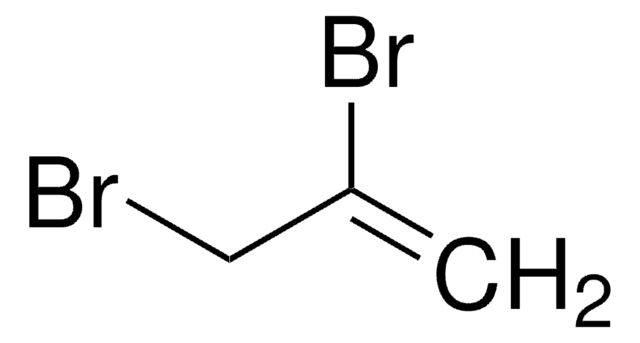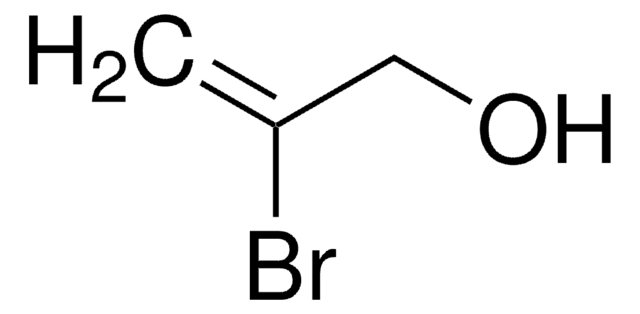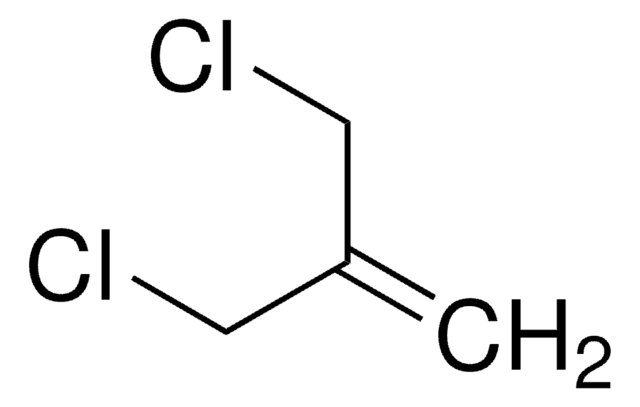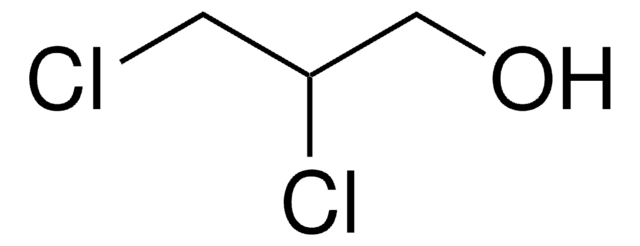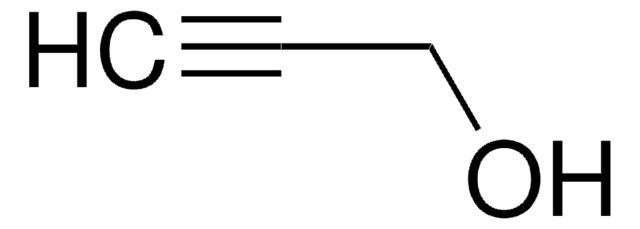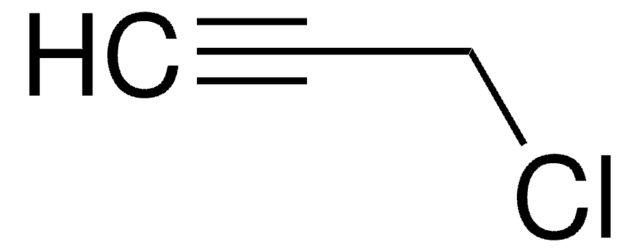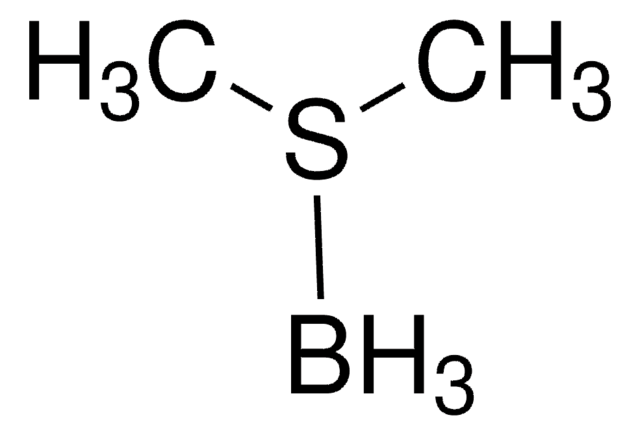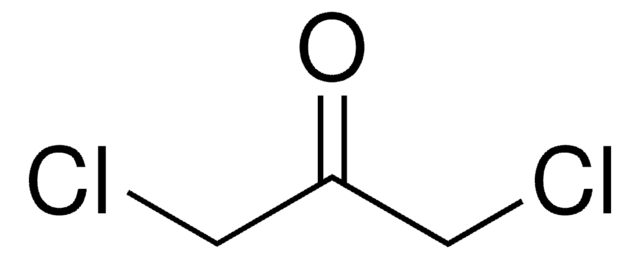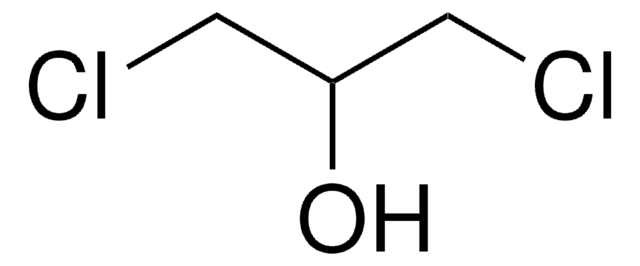Wichtige Dokumente
D72603
2,3-Dichlor-1-Propen
98%
Synonym(e):
2,3-Dichloro-1-propene, 2,3-Dichloropropene, 2,3-Dichloropropylene, 2-Chloroallyl chloride
About This Item
Empfohlene Produkte
Dampfdichte
3.8 (vs air)
Qualitätsniveau
Dampfdruck
44 mmHg ( 20 °C)
Assay
98%
Form
liquid
Expl.-Gr.
7.8 %
Brechungsindex
n20/D 1.461 (lit.)
bp
94 °C (lit.)
Dichte
1.204 g/mL at 25 °C (lit.)
SMILES String
ClCC(Cl)=C
InChI
1S/C3H4Cl2/c1-3(5)2-4/h1-2H2
InChIKey
FALCMQXTWHPRIH-UHFFFAOYSA-N
Suchen Sie nach ähnlichen Produkten? Aufrufen Leitfaden zum Produktvergleich
Verwandte Kategorien
Signalwort
Danger
Gefahreneinstufungen
Acute Tox. 4 Dermal - Acute Tox. 4 Inhalation - Acute Tox. 4 Oral - Aquatic Chronic 3 - Eye Dam. 1 - Flam. Liq. 2 - Muta. 2 - Skin Irrit. 2 - STOT SE 3
Zielorgane
Respiratory system
Lagerklassenschlüssel
3 - Flammable liquids
WGK
WGK 3
Flammpunkt (°F)
50.0 °F - closed cup
Flammpunkt (°C)
10 °C - closed cup
Persönliche Schutzausrüstung
Eyeshields, Faceshields, Gloves, type ABEK (EN14387) respirator filter
Hier finden Sie alle aktuellen Versionen:
Besitzen Sie dieses Produkt bereits?
In der Dokumentenbibliothek finden Sie die Dokumentation zu den Produkten, die Sie kürzlich erworben haben.
Kunden haben sich ebenfalls angesehen
Unser Team von Wissenschaftlern verfügt über Erfahrung in allen Forschungsbereichen einschließlich Life Science, Materialwissenschaften, chemischer Synthese, Chromatographie, Analytik und vielen mehr..
Setzen Sie sich mit dem technischen Dienst in Verbindung.